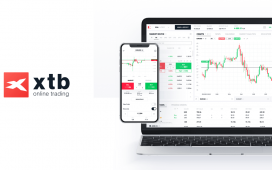This feedback directly influenced Verizon’s marketing approach, which earlier this month unveiled a campaign featuring Pete Davidson that promotes a three-year price lock.
“It’s not just about price. People want to feel like they’re getting enough for what they pay,” Sampath said. “Our AI tools help us hear that loud and clear.”
The company also has the advantage of operating a portfolio of brands whose varying price points allow it to capture price-conscious consumers looking for more budget-friendly options.
SafeLink, for example, offers plans for around $10 a month, which allows Verizon to retain down-grading customers. Ensuring customers are aware of these brands is yet another reason for Verizon to continue its marketing efforts.
“We have so many brands, we’ll catch them somewhere,” Sampath said.
Still, while the company isn’t cutting budgets, it isn’t rigid about how they’re used. Verizon frequently shifts between brand and performance marketing, depending on what’s driving the best return.
“Some quarters we swing hard on performance, some on brand,” Sampath said. “It’s religious for us—it’s pragmatic.”
Verizon’s connected TV strategy reflects that approach. The company sees CTV as an important growth channel due to declining linear TV viewership and CTV’s ability to deliver rich, targeted ads.
Ultimately, the company’s ad strategy is about staying active during uncertainty and playing the long game.
“It takes five to 10 years to build network capacity,” Sampath said. “We’re not going to let short-term nuances get in the way of long-term growth.”











